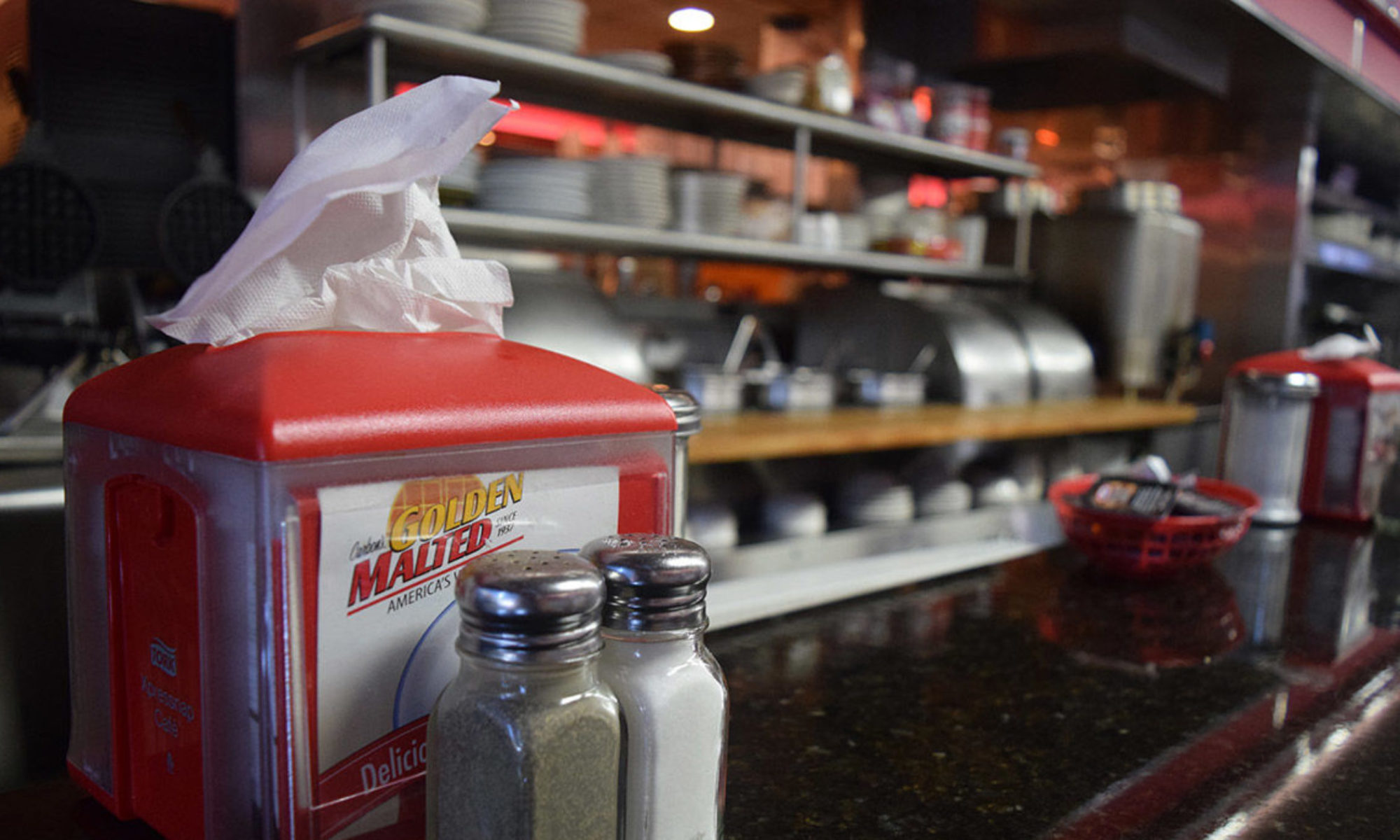There’s nothing quite like the rich, smooth taste of real maple syrup—but not all syrups are created equal. While store shelves are packed with bottles labeled “maple-flavored” or “pancake syrup,” only a small percentage are the real deal. Among the finest in the world is pure Vermont maple syrup, prized for its superior quality, robust flavor, and time-honored production methods. But how can you be sure you’re buying the genuine article?
Whether you’re shopping in-person or browsing pure Vermont maple syrup for sale online, this guide will help you identify the hallmarks of authentic syrup so you can enjoy the true taste of Vermont in every drop.
1. Check the Label Carefully
The first—and most important—step is reading the label. Authentic Vermont maple syrup will clearly state:
-
“100% Pure Maple Syrup” – Not “maple-flavored,” “syrup blend,” or “pancake syrup.”
-
“Product of Vermont” or a Vermont-based producer’s name
-
No added ingredients – Pure syrup contains just one ingredient: maple sap
Any mention of high fructose corn syrup, preservatives, artificial flavors, or colorings is a red flag. Genuine syrup doesn’t need anything added—it’s naturally sweet and flavorful straight from the tree.
2. Look for Vermont’s Official Seal
The Vermont Agency of Agriculture has strict quality control standards, even more rigorous than federal regulations. If a bottle carries the Vermont Maple Sugar Makers’ Association seal or a certification from the state, that’s a strong sign it’s the real thing.
Vermont producers must adhere to specific guidelines for:
-
Sap sugar concentration
-
Clarity and density
-
Flavor classification (golden, amber, dark, very dark)
This official verification ensures you’re getting syrup made from trees tapped and boiled right in Vermont—not a blend or imitation from elsewhere.
3. Understand the Grades
Many people assume “Grade B” maple syrup is lower quality, but that’s a myth. Vermont follows the USDA grading system, but also categorizes syrup more clearly by color and flavor:
-
Golden Color & Delicate Taste – Light and mild
-
Amber Color & Rich Taste – Classic, balanced maple flavor
-
Dark Color & Robust Taste – Stronger, caramel-like
-
Very Dark & Strong Taste – Bold, molasses-like, often used for baking
All grades are 100% pure—the difference lies in flavor intensity and when during the season the sap was harvested. Knowing your preferred grade helps you choose syrup that suits your taste or cooking purpose.
4. Inspect the Bottle and Packaging
Authentic Vermont maple syrup often comes in glass bottles or BPA-free plastic jugs with a tamper-evident seal. Watch out for:
-
Generic or mass-produced branding
-
Bottles with cartoonish labels or syrup “blends”
-
Missing origin information
True producers proudly list their farm name, location, and sometimes even the batch number. This transparency reflects small-batch quality and a direct connection to the sugarmaker.
5. Evaluate the Price
Pure Vermont maple syrup is a labor-intensive product, requiring approximately 40 gallons of sap to produce a single gallon of syrup. It’s not cheap—and it shouldn’t be.
If the price seems too good to be true, it probably is. Syrup sold for a few dollars in a generic bottle is almost certainly artificial. Expect to pay a premium for the real thing—because you’re paying for authenticity, taste, and craftsmanship.
6. Know Where You’re Buying From
If you’re purchasing online, always buy from reputable vendors. Many Vermont producers offer direct-to-consumer shipping from their farms. Look for clearly labeled pure Vermont maple syrup for sale from trusted sites or marketplaces specializing in artisan foods.
Buying directly from a sugarhouse or local Vermont market ensures traceability and freshness. Supporting small-scale producers also helps preserve the tradition of ethical and sustainable sugarmaking.
7. Smell and Taste the Difference
Once you have the syrup in hand, the difference becomes clear:
-
Smell: Real maple syrup has a warm, woodsy aroma with hints of vanilla or caramel.
-
Taste: Smooth, naturally sweet, never cloying or artificial.
-
Texture: Slightly thick but pourable, not syrupy or gelatinous like fake versions.
Authentic syrup leaves a pleasant aftertaste and pairs beautifully with everything from pancakes and waffles to coffee, roasted vegetables, and glazed meats.
In a world of shortcuts and artificial ingredients, authentic Vermont maple syrup stands out as a symbol of purity, craftsmanship, and tradition. By knowing how to identify the real thing—whether through label scrutiny, taste testing, or understanding production methods—you can avoid imitations and savor syrup the way nature intended.
So the next time you’re browsing for a sweet addition to your breakfast or recipe, keep an eye out for pure Vermont maple syrup for sale. When you find it, you’re not just buying syrup—you’re bringing home a piece of New England heritage, bottled with care.

